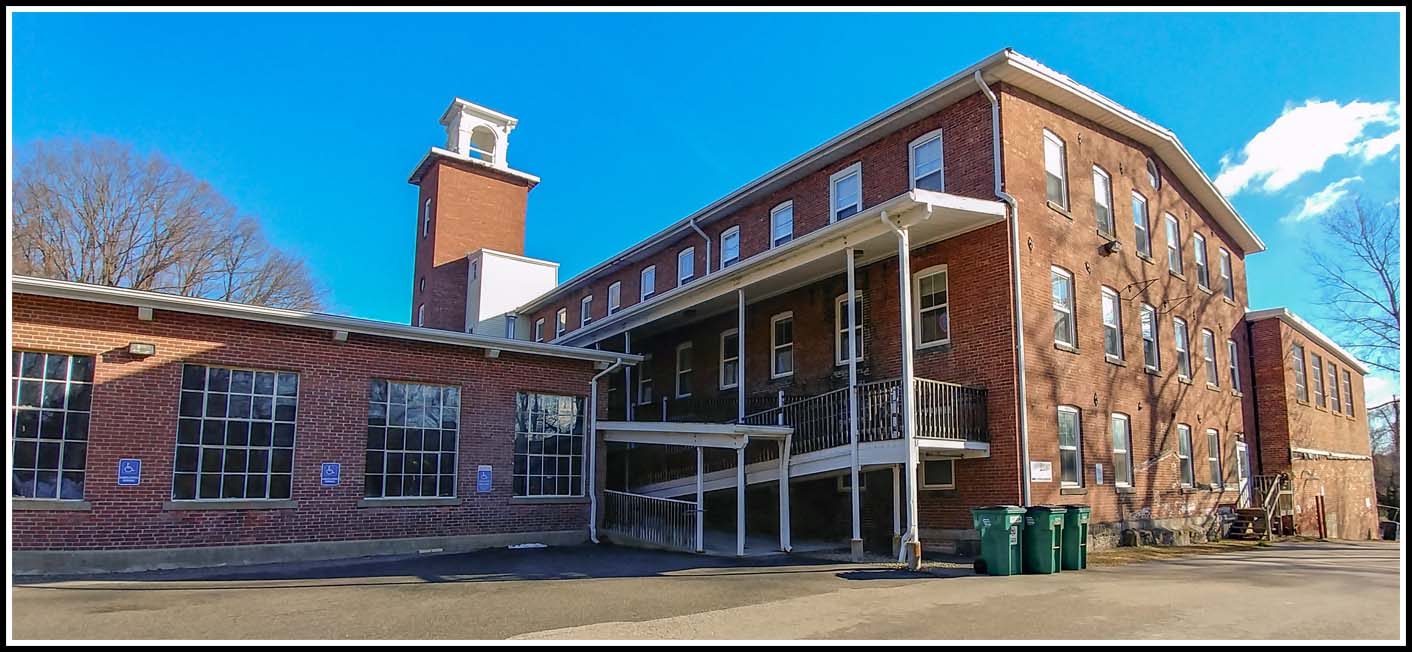Choose a Work In Progress
Google Pie Chart
The complete list of sources may be found by clicking the “Bibliography” button, and, then entering “Andrew Tracy” in the SEARCH box.
Recent Updates to IconicNorwich.org
Added Lieutenant Marvin Wait: Click Here
Added 100 Years of Norwich Patents: Click Here
05/17/24 – 05/23/24 – Mortising Machine – Patent No. 35,420 – May 27, 1862
Norwich resident Dalphon L. Gibbs and his partner patented an improved hub-mortising machine in 1862. His woodworking machine made it easier to bore recessed holes. The patent was incorporated in woodworking machines manufactured by the C.B. Rogers & Company
In the words of the inventor: “By adding to this mortising machine the above mentioned improvements the operator is enabled to speedily and accurately change the hub to the desired angles, move the rest for the length of mortise, and turn the hub after one mortise is cut for the next with ease and dispatch.”
Upcoming Norwich History Events
On Thursday, May 16th there will be a discussion about the book “The Eighth Connecticut Volunteer Infantry in the Civil War”: Click Here For Details
On Saturday, May 18th memorial flags on Civil War graves will be replaced: Click Here For Details
Google Charts
Google Line Chart
This chart was produced using Google.Charts
Google Charts
Google Data Table
This chart was produced using Google.Charts
Google Charts
Placeholder 4
Did you Know That ….
William H. Stebbins and Louis Geynet of Norwich invented a triplane in 1911. In the words of the inventors: “This invention relates to that type of flying machines now commonly referred to as “aeroplanes” and our immediate object is to provide simple but effective means for controlling and preserving the balance, or horizontal position of such aeroplanes.”
William H. Stebbins and Louis Geynet of Norwich invented a triplane in 1911. In the words of the inventors: “This invention relates to that type of flying machines now commonly referred to as “aeroplanes” and our immediate object is to provide simple but effective means for controlling and preserving the balance, or horizontal position of such aeroplanes.”
“Resolves and Special Acts of the State of Connecticut from the Year 1789 to the Year 1836, Vol. 2”, (1837), pp 857-859
“A Modern History of New London County Connecticut, Vol. 2”, (1922), pp 548-549, by Benjamin Tinkham Marshall
“Clinton Mill”, by ConnecticutMills.org
Map of New London County, by Henry Francis Walling, 1854
The complete list of sources may be found by clicking the “Bibliography” button, and, then entering “Uncas Mill” or “Loomis” in the SEARCH box.
Placeholder 5

The Clinton Mills Company was organized for the production of ladies cloth, dress goods, and cloaks in 1864. The firm was led by J.D. Sturtevant, president; Francis Cabot, secretary and treasurer; and A.P. Sturtevant, agent. The company operated a sizable mill along the Yantic River in the Bean Hill section of Norwich and by the late 1880s employed 130 hands. By the early 1890s, the firm maintained 10 sets of carding machines and 56 broad looms and turned out 165,200 pounds of woolen dress goods per year.
The Clinton Mills Company continued to operate until 1910, whereupon the firm was purchased by its agent, Lewis J. Saxton, who reorganized it as the Saxton Woolen Corporation.
After changing ownership several times, the building is known today as the Turner and Stanton Mill.
Acknowledgements
“Clinton Mill”, by ConnecticutMills.org
Temp
The complete list of sources may be found by clicking the “Bibliography” button, and, then entering “Clinton Mill” in the SEARCH box.